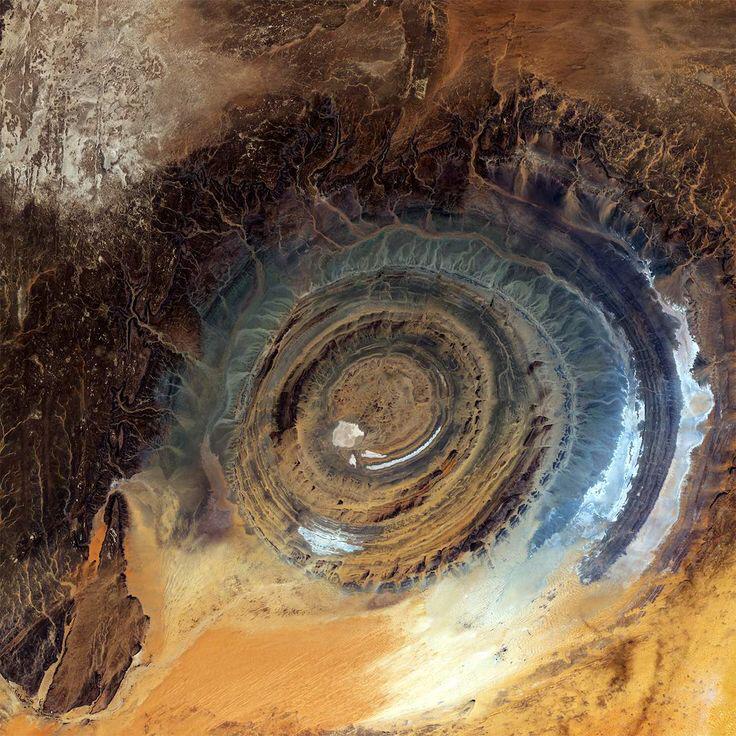A Physical Geography of German-Speaking Literature (GEOLIT)
In German-speaking culture, the relationship between literary imagination and geography has been particularly intense since the late 18th century, as is paradigmatically demonstrated by Herder’s cultural relativism, which found its theoretical foundation in climatological geography, and Goethe’s new aesthetic-scientific conception of landscape, formulated on the basis of knowledge of geology, botany and meteorology, as well as the extraordinary, contemporary literary success of geography thanks to accounts of explorations to other continents and the scientific and poetic-symbolic exploration of the Earth’s geology in the works of the Frühromantik.


Discussing the tradition and the scientific acquisitions of the “spatial turn” (Fiorentino-Sampaolo 2013 and 2009; Pedullà-Luzzatto 2010-2012), of more recent literary cartography (Moretti 1997; Stockhammer 2007), as well as the new orientations in the discussion on places and spaces (De Certeau 1990, Deleuze-Guattari 1995, Soja 1976, Vallega 2006) on spaces and geocriticism (Westphal 2007), on geopoetics (White 2007, Italiano 2009) and geosemiotics (Vallega) and more generally on the “crisis of cartographic reason” (Farinelli 2009) and “neogeography” (Meschiari 2019), the project For a Physical Geography of German Literature focuses its theoretical attention on case studies of three different geographical areas (Thuringian, Bohemian and Saxony-Anhalt mines; Danube tributaries; Bukovina-Galicia) in order to verify the usability of the geographical dimension for the study of literary imagery and cultural environments, thus proposing a hitherto unprecedented reconfiguration of literary historiography.
